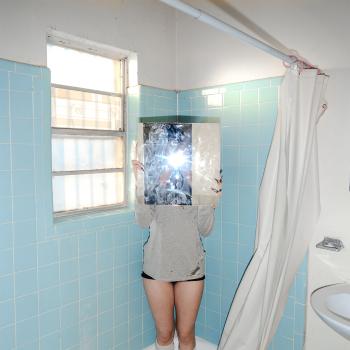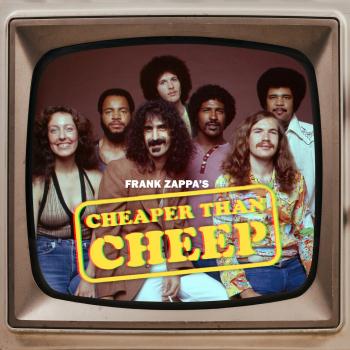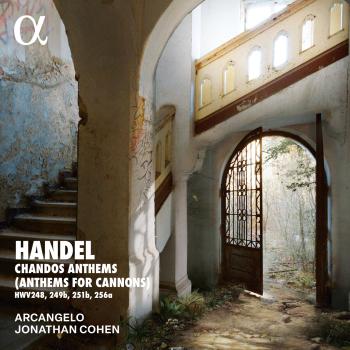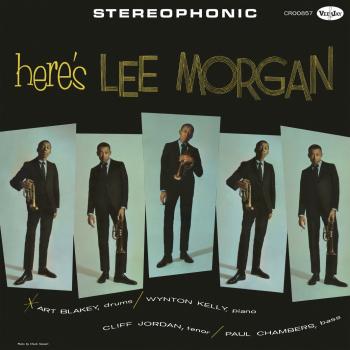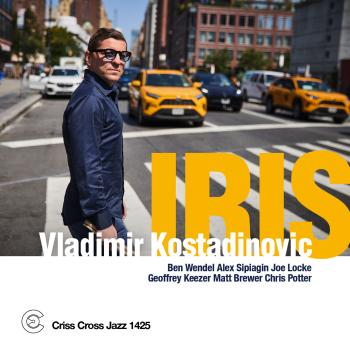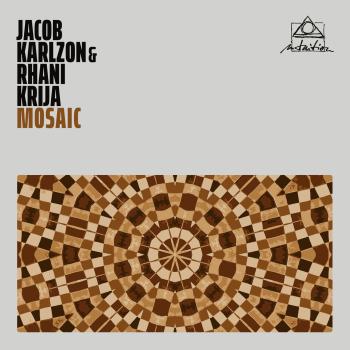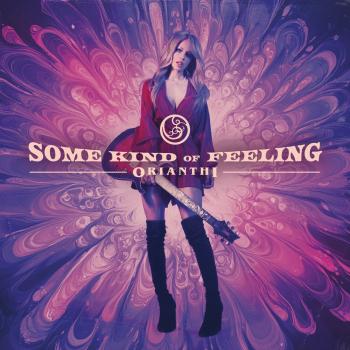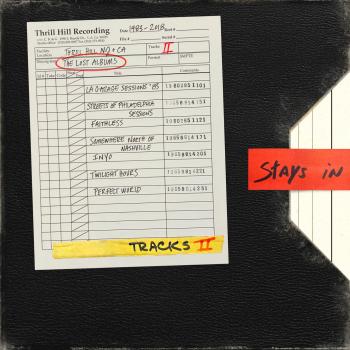
Callas - Mad Scenes from Anna Bolena, Hamlet & Il pirata - Callas Remastered Maria Callas
Album info
Album-Release:
1959
HRA-Release:
02.10.2014
Label: Warner Classics
Genre: Classical
Subgenre: Vocal
Artist: Maria Callas
Composer: Vincenzo Bellini (1801-1835), Gaetano Donizetti (1797-1848), Ambroise Thomas (1811-1896)
Album including Album cover Booklet (PDF)
I`m sorry!
Dear HIGHRESAUDIO Visitor,
due to territorial constraints and also different releases dates in each country you currently can`t purchase this album. We are updating our release dates twice a week. So, please feel free to check from time-to-time, if the album is available for your country.
We suggest, that you bookmark the album and use our Short List function.
Thank you for your understanding and patience.
Yours sincerely, HIGHRESAUDIO
- 1 Donizetti: Anna Bolena, Act 2: Piangete voi?...Al dolce guidami castel natio (Anna Bolena, Smeton, Lord Percy, Hervery, Lord Rochefort, Chorus) 19:57
- 2 Thomas: Hamlet, Act 4: A vos jeux mes amis (Ophelie) 10:25
- 3 Bellini: Il Pirata, Act 2: Oh! s'io potessi (Imogene) 17:08
Info for Callas - Mad Scenes from Anna Bolena, Hamlet & Il pirata - Callas Remastered
This is Callas' most famous single recital record. It contains three long scenes, each of which depicts an operatic heroine who has descended to a state of madness. No subject matter could have given the legendary soprano more scope to show the range of her dramatic and interpretative skill, and Callas sings with extraordinary intensity and sense of tragedy. The recordings were made in the space of just two days in September 1958. The Philharmonia Orchestra play with great flair and imagination under one of Callas' favorite conductors, and these great performances were perfectly captured by EMI in vintage stereo sound. Testament's new transfer conveys the atmosphere and range of the original recordings to perfection.
„Mad scenes in opera go back almost to the genre's invention; for composers concerned with realism, madness was a logical excuse for characters to break into florid song. The early 19th century, however, was the heyday of the mad scene, with bel canto heroines inevitably losing their minds and executing dizzying flights of coloratura. Maria Callas's collection of three such scenes bypasses the most famous--Donizetti's 'Lucia'--in favor of that composer's 'Anna Bolena,' Imogene in Bellini's 'Il Pirata,' and Ophelia from Thomas's 'Hamlet.' Callas never made complete studio recordings of these roles, though live portrayals of the Donizetti and Bellini are available.
This is more than just a collection of opera highlights; each scene is an extended dramatic tableau in which Callas enacts a series of shifting moods as a tragic situation unfurls. They are more, too, than simple representations of madness, as Anna, for example, goes from insanity to calm acceptance of fate, back to hallucination, and finally to righteous anger. Callas imbues these roles with her unique dramatic power, and she is in excellent voice as well; this is as technically fluent and dazzling a recording as she ever made. Though Anna, Ophelia, and Imogene may be mad and defeated, Callas emerges triumphant.“
Maria Callas, soprano
Philharmonia Chorus & Orchestra
Nicola Rescigno, conductor
Digitally remastered
Maria Callas
was born to a Greek family in New York in 1923. Her vocal training took place in Athens, where her teacher was the coloratura soprano Elvira de Hidalgo, who had sung with Enrico Caruso and Feodor Chaliapin. After early performances in Greece, Callas’s international career was launched in 1947 when she performed the title role in Ponchielli’s La Gioconda at the Arena di Verona in Italy.
Her voice defied simple classification and her artistic range was extraordinary. In her early twenties she sang such heavy dramatic roles as Gioconda, Turandot, Brünnhilde and Isolde, but over the course of her career her most famous roles came to be: Bellini’s Norma and Amina (La sonnambula); Verdi’s Violetta (La traviata); Donizetti’s Lucia di Lammermoor and Anna Bolena, Cherubini’s Medea and Puccini’s Tosca. Though her timbre was not always conventionally beautiful, Callas’s musicianship and phrasing were in a class of their own. She brought characters to vivid life with her skill in colouring her tone and making insightful use of the text.
She is credited with changing the history of opera: by placing a perhaps unprecedented emphasis on musical integrity and dramatic truth, and by transforming perceptions – and reviving the fortunes – of the bel canto repertoire, particularly Bellini and Donizetti.
The 1950s marked the height of Callas’s career. Its base lay in the opera houses of Italy, and she became the prima donna assoluta of Milan’s legendary La Scala – notably in the productions of Luchino Visconti – but her operatic appearances also encompassed London’s Royal Opera House, the New York Metropolitan Opera, Paris Opéra, the Vienna State Opera, and the opera houses of Chicago, Dallas, Houston, Lisbon, and, in the early 1950s, Mexico City, São Paolo and Rio de Janeiro.
From 1959, when she started a life-changing love affair with the Greek shipping magnate Aristotle Onassis, her performing career slowed down and her voice became more fragile. Her final stage performances came in 1965, when she was only 42.
There were many plans for a return to the stage – and for further complete recordings – but they never reached fruition, though in 1974 she gave a series of concerts in Europe, North America and Japan with the tenor Giuseppe di Stefano; he had partnered her frequently in the opera house and in the studio, not least in the 1953 La Scala Tosca under Victor de Sabata, considered a landmark in recording history. Callas died alone in her Paris apartment in September 1977.
Booklet for Callas - Mad Scenes from Anna Bolena, Hamlet & Il pirata - Callas Remastered

